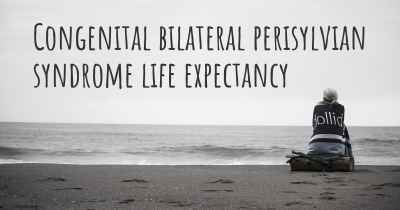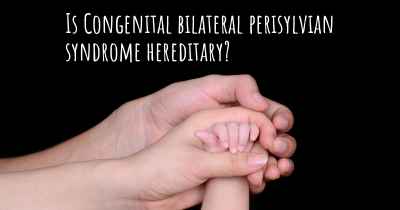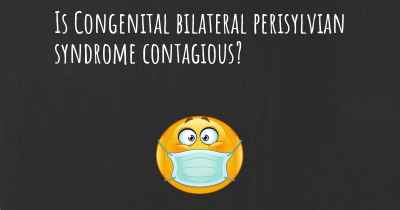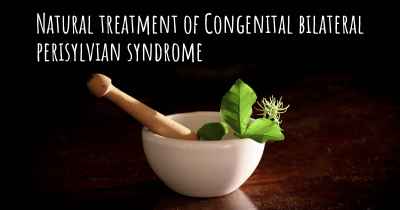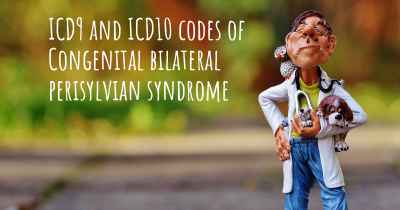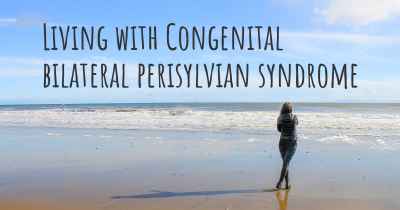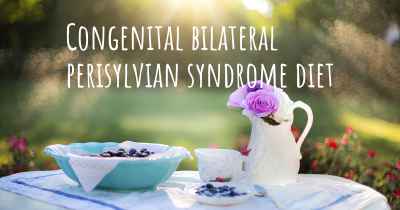How do I know if I have Congenital bilateral perisylvian syndrome?
What signs or symptoms may make you suspect you may have Congenital bilateral perisylvian syndrome. People who have experience in Congenital bilateral perisylvian syndrome offer advice of what things may make you suspicious and which doctor you should go to to receive treatment
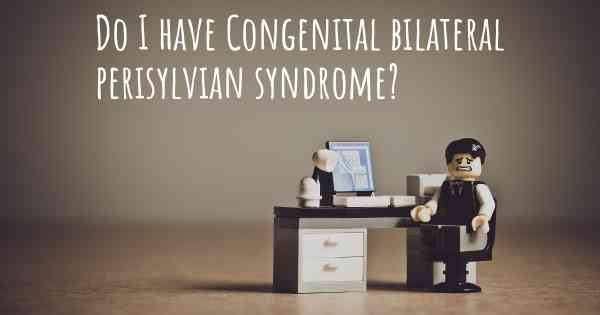
Congenital bilateral perisylvian syndrome (CBPS) is a rare neurological disorder that affects the development of the brain. It is characterized by a range of symptoms that can vary in severity from person to person. CBPS is typically present from birth and is caused by abnormal brain development in the perisylvian region, which is responsible for language and motor skills.
Symptoms:
The most common symptoms of CBPS include difficulties with speech and language, as well as problems with motor skills. Individuals with CBPS may have a limited vocabulary, difficulty forming words and sentences, and challenges with understanding and processing language. They may also experience difficulties with fine motor skills, such as writing, buttoning clothes, or tying shoelaces. Additionally, some individuals with CBPS may have seizures, intellectual disabilities, or behavioral issues.
Diagnosis:
Diagnosing CBPS can be complex as it requires a comprehensive evaluation by a team of medical professionals, including neurologists, speech-language pathologists, and geneticists. The diagnosis is typically based on a combination of clinical observations, medical history, and specialized tests. These tests may include brain imaging studies, such as magnetic resonance imaging (MRI), to assess the structure and function of the brain. Genetic testing may also be conducted to identify any underlying genetic abnormalities associated with CBPS.
Treatment:
While there is no cure for CBPS, treatment focuses on managing the symptoms and improving quality of life. Speech therapy is a key component of treatment, aiming to improve communication skills and language development. Occupational therapy can help individuals with motor skill difficulties by providing strategies and exercises to enhance fine motor coordination. Additionally, educational support and individualized learning plans can assist in addressing any cognitive or learning challenges. Medications may be prescribed to manage seizures or other associated conditions.
Support and Resources:
Living with CBPS can present unique challenges, but there are resources available to provide support and guidance. Connecting with support groups and organizations specializing in CBPS can offer valuable information, advice, and a sense of community. These groups can also provide access to educational materials, workshops, and conferences that focus on CBPS and related topics.
If you suspect that you or someone you know may have CBPS, it is important to consult with a healthcare professional for a proper evaluation and diagnosis. They can guide you through the diagnostic process and help develop an appropriate treatment plan tailored to individual needs.
Posted Aug 20, 2017 by Momof2miracles Jess Sundquist 4256
